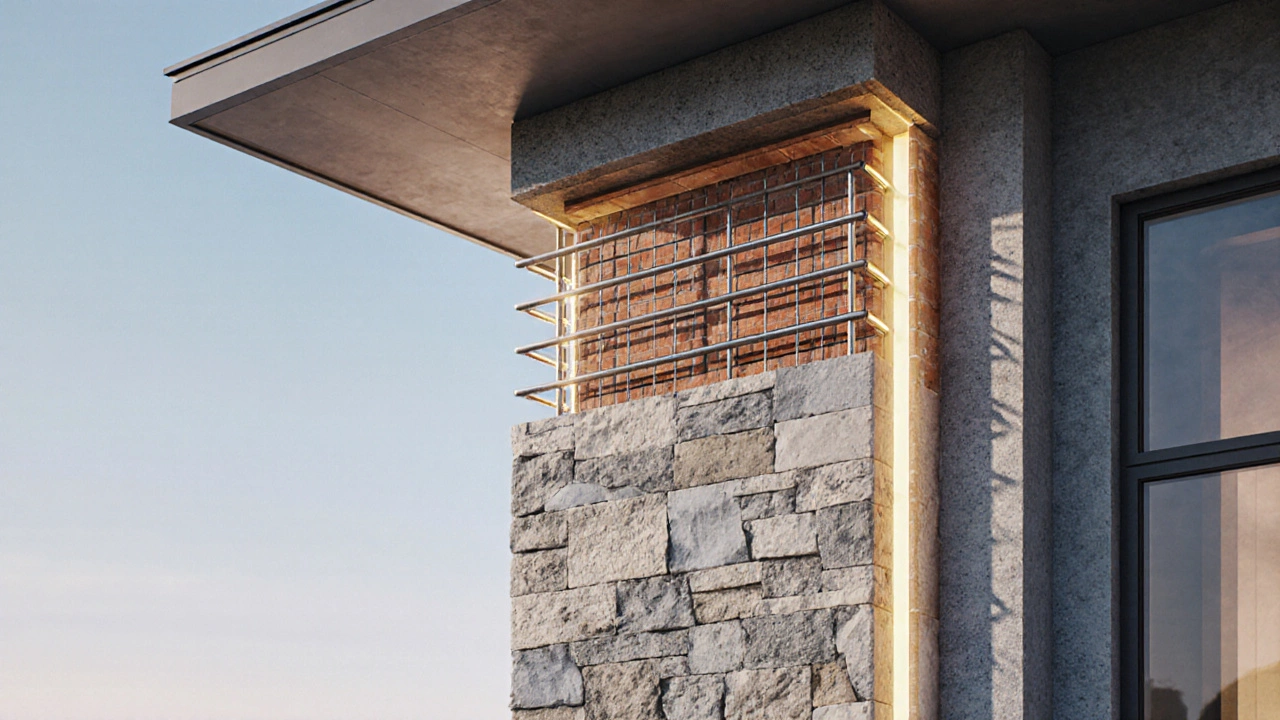Durable Building Materials
When working with Durable Building Materials, materials engineered to resist wear, weather, and load over many years. Also known as long‑lasting building materials, they form the backbone of safe homes, sturdy factories, and reliable garages. Choosing the right ones means balancing cost, climate, and the specific load each part of a structure will carry. In short, durable building materials are the foundation of any project that needs to stay solid for decades.
Core Raw Inputs and Their Impact
The first layer of any lasting construction starts with Raw Materials, basic inputs like aggregates, cement, timber, and steel that are combined to create finished components. Raw materials dictate the strength, flexibility, and weather resistance of the final product. For example, high‑quality aggregates give concrete its compressive power, while seasoned timber adds natural resilience. Selecting the right mix ensures the finished wall, floor, or garage door can handle daily stress without cracking or warping.
One of the most common durable materials is Concrete, a composite made from cement, water, sand, and aggregates, prized for its compressive strength and versatility. Concrete’s durability comes from its dense matrix, which resists moisture infiltration and chemical attack. Proper curing, mix design, and reinforcement all boost its lifespan, making it ideal for foundations, drive‑through garage slabs, and external walls. When paired with steel reinforcement, concrete becomes a hybrid that can handle both compression and tension, a key factor in modern garage door support systems.
Beyond concrete, Steel, a high‑strength alloy used for framing, reinforcement, and door mechanisms, plays a critical role in durability. Steel’s tensile strength lets it bear heavy loads and resist bending, which is essential for garage door tracks and hinges. Corrosion‑treated steel or stainless options add long‑term protection against rust, especially in coastal or damp areas. When designers combine steel with concrete, they create structures that stand up to both static loads and dynamic forces like wind gusts.
Wood is another staple, but its durability hinges on proper treatment. Engineered wood products, such as laminated veneer lumber, offer consistent performance and resistance to warping. For garage doors, hardwood frames provide a classic look while engineered options deliver strength comparable to steel at a lower weight. The key is matching the wood species and finish to the local climate—treated pine for temperate zones, tropical hardwoods for humid regions.
All these elements—raw materials, concrete, steel, and wood—interact in a web of cause and effect. Raw material quality influences concrete strength, concrete strength determines how much steel reinforcement is needed, and steel’s corrosion resistance affects maintenance cycles for wooden components. Understanding these relationships helps you pick the right combo for any project, whether you’re building a new garage, renovating an old door, or planning a full‑scale commercial build.
Below you’ll find a curated collection of articles that dive deeper into each of these topics. From guides on selecting the right raw inputs to cost breakdowns of high‑end foundation repairs, the posts cover practical tips, real‑world examples, and the latest industry standards. Explore the list to sharpen your material choices, boost the lifespan of your builds, and avoid common pitfalls that can turn a durable solution into a costly repair.

Which Material Lasts the Longest When Building a House?
Oct 12, 2025, Posted by Damon Blackwood
Discover which building material lasts the longest for house construction, compare concrete, steel, brick, stone and more, and learn how to choose and maintain the most durable option.
MORESEARCH HERE
Categories
TAGS
- foundation repair
- construction
- commercial construction
- new builds
- home improvement
- home renovation
- bathroom renovation
- construction materials
- home foundation
- renovation tips
- residential construction
- building types
- contractor
- foundation cracks
- home construction
- architectural services
- construction differences
- home inspection
- kitchen installation
- real estate